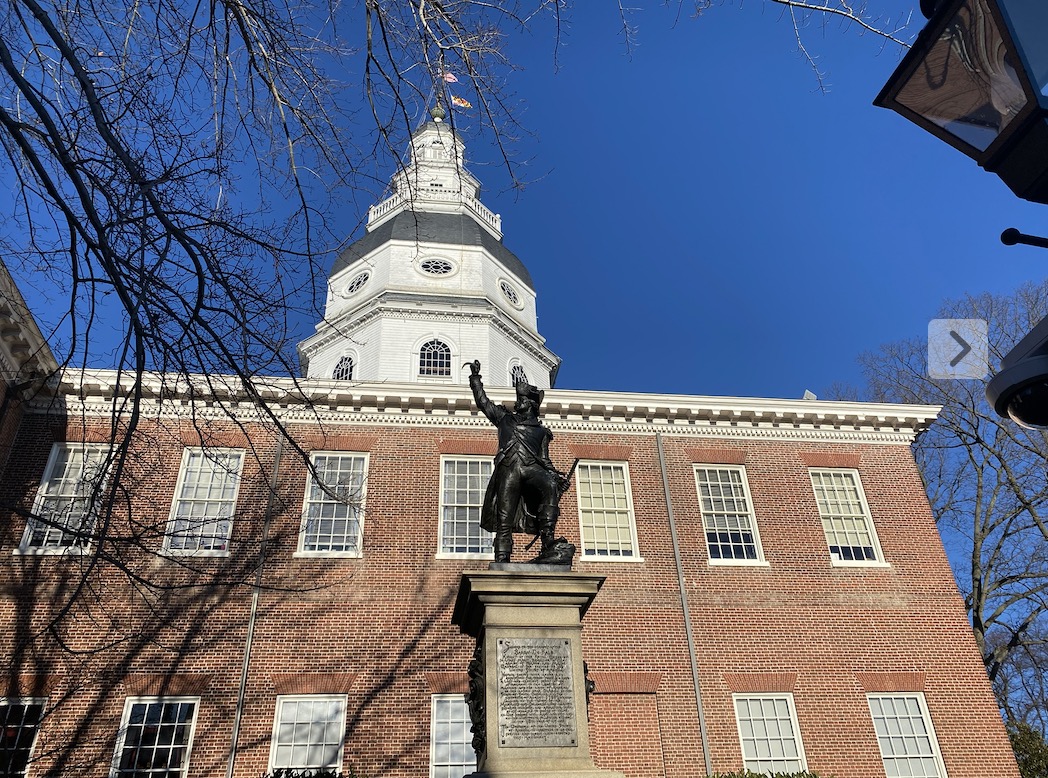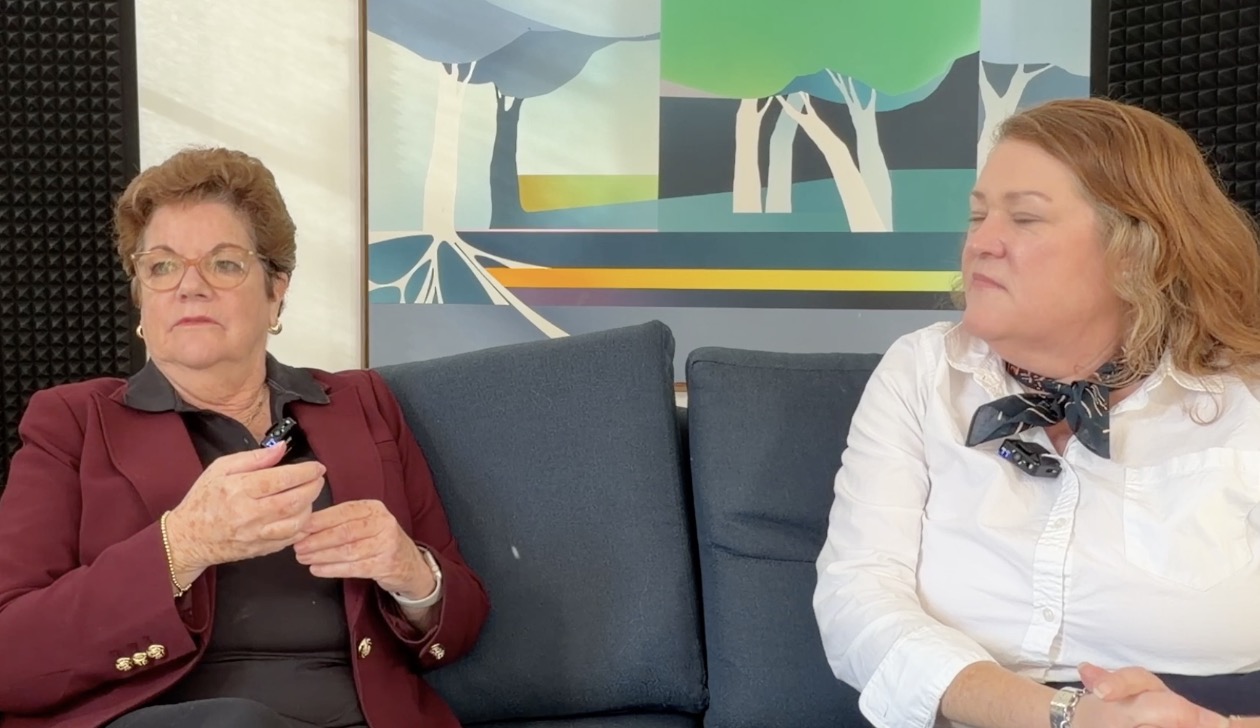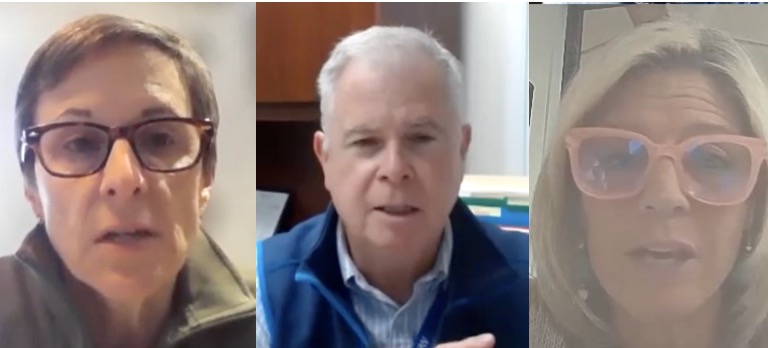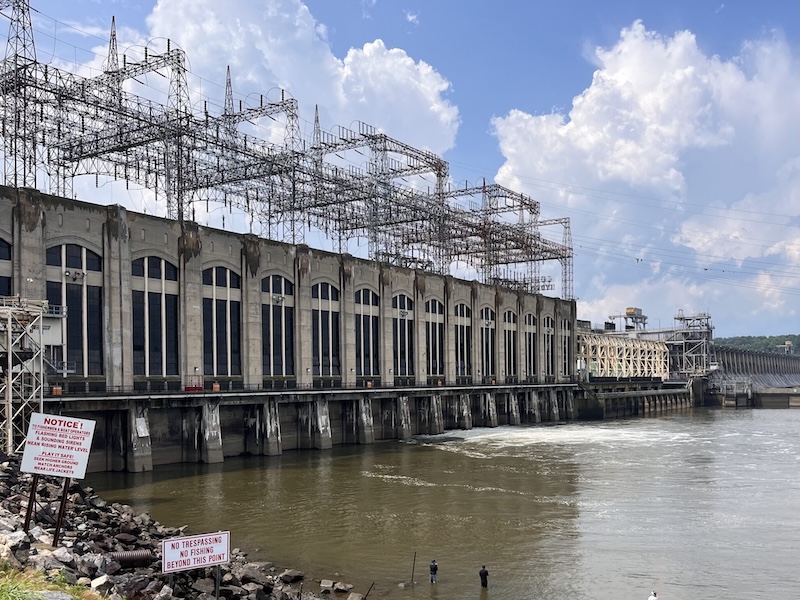Housing affordability and the future of Easton’s parks and open spaces dominated Monday night’s Town Council meeting, as members heard a detailed workshop report on attainable housing and a resident’s call to “rewild” parts of town with native trees and plants. The council also approved its 2026 Parks and Recreation plan and signed off on about $2.76 million in bills.
Parks Update
The Council unanimously approved the 2026 Parks and Recreation Annual Plan, a document required under Town Code that sets out goals for programs, partnerships and facilities for the coming year.
Parks and Recreation Advisory Board chair Michael Brophy said this year’s plan is designed as a practical operating guide, with specific goals and timelines that staff and board members will be held to by next November.
He noted that Easton has about 35 parks totaling more than 300 acres, plus several miles of Rails-to-Trails paths. Board members and staff regularly visit parks and trails, he said, to monitor conditions and talk to users.
Parks and Recreation Director Lorraine Gould and town staff highlighted several initiatives:
- A Youth Field Day Summit on Saturday, Nov. 22, at Idlewild Park, noon to 3:30 p.m., in partnership with local schools and colleges.
- A tentative Dec. 11 ribbon-cutting at Golton Park.
- Plans to launch flag football and more youth and family programming in 2026.
Staff also pointed to ongoing work to relieve parking pressure at Moton Park and Northeastern Park and to pursue grants and state funding for improvements at Woodland Park and other large facilities. A disc golf proposal at John Ford Park will be tested through clinics and small tournaments while interest and neighborhood impacts are evaluated.
Council members praised the plan’s detail and its emphasis on attracting tournaments and events that could benefit both residents and the local economy.
Housing Report Targets ‘Missing Middle’
In a workshop before the regular meeting, members of Easton’s Attainable Housing Task Force laid out early recommendations aimed at what they called the “missing middle” of the housing market: households earning roughly 80 to 100 percent of the area’s median income who don’t qualify for most federal and state housing programs but still struggle to buy or rent in town.
Task force members said much of the existing subsidy system is geared toward residents earning around 60 percent of the area median income and below, often through low-income housing tax credit projects. They argued that the town should look for ways to add more “rungs on the ladder” of housing options, from supportive and transitional housing to modest rentals and starter homes, up to larger houses.
Council members pressed on two fronts: how to avoid neighborhood backlash to anything labeled “affordable housing,” and how to address workers at places like Wawa, McDonald’s, and even entry-level police officers who still cannot afford to live in Easton.
One speaker said the term “affordable housing” fuels stigma and suggested the town frame its work as providing “different types of housing at different price points.” Another said it was unfair that someone trusted to “protect the town” could not reasonably expect to buy a home in it.
The task force will return Dec. 15 at 4:30 p.m. for a follow-up workshop on later sections of its report.
Resident Urges ‘Rewilding’ with Native Plants
During public comment, resident Erin Dawson urged the town to “rewild” some mowed or bare areas in and around Easton by replacing turf with native trees, shrubs, and wildflowers.
Dawson said rewilding could lower long-term costs for mowing, fertilizer, and water while improving habitat for birds, butterflies, and other wildlife. She suggested:
- Replacing non-native Bradford pear trees with native species
• Using green roofs, rain gardens, and porous pavement in new development to reduce stormwater runoff
• Considering frogs, salamanders, and other sensitive species when approving projects, including creating more natural ponds
Dawson told the council she has identified several possible rewilding sites, including a field near the WCEI radio station, and has spoken with the property owner. She handed over a list of recommended native plants for town staff to review.
Town Looks Back on Waterfowl Weekend, Ahead to Holidays
Acting in his dual role as town manager, Miguel Salinas reported that the recent Waterfowl Festival weekend went smoothly, thanking the Easton Police Department, Public Works, and volunteers for their work on traffic, safety, and cleanup.
Council members said they heard positive feedback on how transportation and parking were handled and noted that downtown stayed clean and orderly despite heavy crowds.
Salinas said Christmas lights are going up this week, with a lights-on event planned for next Wednesday. He also flagged several dates:
- Dec. 1 at 4:30 p.m.: council workshop on downtown parking, with consultants returning to help present options and gather public input. Staff expect to introduce related legislation that night, but no vote is planned.
• Dec. 9 at 6 p.m.: Planning Commission public hearing on the town’s comprehensive plan.
• Dec. 15 at 4:30 p.m.: continuation of the Attainable Housing Task Force workshop.
Council Pays Bills, Hears Outside Updates
The council approved invoices totaling $2.7 million for the period from Oct. 1 to Oct. 29, 2025.
Ward 3 Council Member W. David Montgomery III reported that the Talbot County Economic Development Commission’s draft strategic plan includes a proposal to create a “Northeaston innovation district.” Montgomery said he was surprised town officials had not been consulted earlier, given that Northeaston lies entirely within Easton’s limits, and called for better communication with the county on economic development.
Another council member reported on the first meeting of a new Senior Task Force convened by the Talbot County Council to address senior homelessness, food insecurity, and transportation. The group, which includes a representative from Easton City Council, will meet monthly and is expected to deliver recommendations around June 2026.










